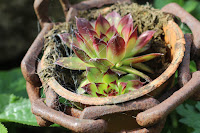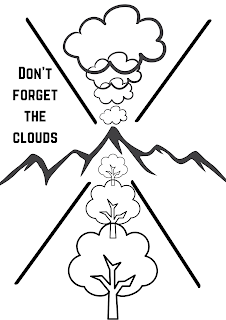Essential watercolour equipment for beginners
Watercolour painting is a beautiful and rewarding art form that requires a few essential tools for beginners to get started. Whether you are a complete beginner or someone who is looking to upgrade your watercolour painting equipment, having the right tools can make a significant difference in the quality of your artwork. In this blog post, we will take a look at all the equipment beginners need for watercolour painting, including an explanation of watercolour paper types.
Watercolour Paper Types:
The first and most crucial tool that you need to start watercolour painting is paper. The quality of the paper you use can greatly affect the final outcome of your painting. There are three primary types of watercolour paper: cold-pressed, hot-pressed, and rough.
Cold-pressed watercolour paper has a slightly textured surface that is neither too smooth nor too rough. It is the most popular type of paper and is suitable for most watercolour painting techniques.
Hot-pressed watercolour paper has a smooth surface that is ideal for fine details and precise work. It is best suited for artists who prefer a more controlled painting style.
Rough watercolour paper has a highly textured surface. It is suitable for artists who prefer to create more loose and expressive artworks.
Watercolour paper is available in different weights or thicknesses, usually measured in grams per square meter (gsm). The most commonly used paper weights for watercolour painting are 140lb (300gsm) and 300lb (638gsm). 140lb paper is suitable for most beginners, while 300lb paper is ideal for experienced artists who want to create larger and more complex paintings.
For beginners I recommend a 140lb cold pressed paper.
Watercolour Paints:
The second essential tool for watercolour painting is paints. Watercolour paints are available in tubes or pans. Tube paints are more popular and convenient as they can be easily squeezed out onto a palette, and you can control the amount of paint you use. Pan paints are dried cakes of paint that need to be activated with water before use.
Watercolour paints come in a variety of colours, from opaque to transparent, and are available in different qualities. Professional-quality paints are more expensive but have a higher pigment concentration, resulting in brighter and more vibrant colours. Student-quality paints are cheaper and have a lower pigment concentration, but are still suitable for beginners who are just starting out.
Brushes:
The third essential tool for watercolour painting is brushes. Brushes are available in different shapes and sizes, each suited for different painting techniques. The most commonly used brush shapes are round, flat, and filbert.
Round brushes are the most versatile and can be used for almost any watercolour painting technique. They come in different sizes and are ideal for creating fine details and intricate work.
Flat brushes are ideal for creating large washes and smooth surfaces. They are available in different sizes and are suitable for painting backgrounds and large areas of colour.
Filbert brushes are similar to flat brushes but have a rounded edge that allows for more control when creating fine details and blending colours.
When choosing brushes, it is important to select brushes made specifically for watercolour painting. These brushes are designed to hold water and paint, allowing for smooth and even application.
Palette:
The fourth essential tool for watercolour painting is a palette. A palette is a flat surface where you can mix and store your paints. Palettes are available in different materials, including plastic, ceramic, and glass.
Plastic palettes are lightweight and easy to clean, making them ideal for beginners. Ceramic and glass palettes are heavier but offer a more stable surface for mixing and blending colours.
Other Essential Tools:
Apart from the four essential tools mentioned above, there are a few other essential tools that you will need for watercolour painting. These include:
Masking Tape
Kitchen roll
Pencil & Eraser
Water containers



.png)
Comments
Post a Comment